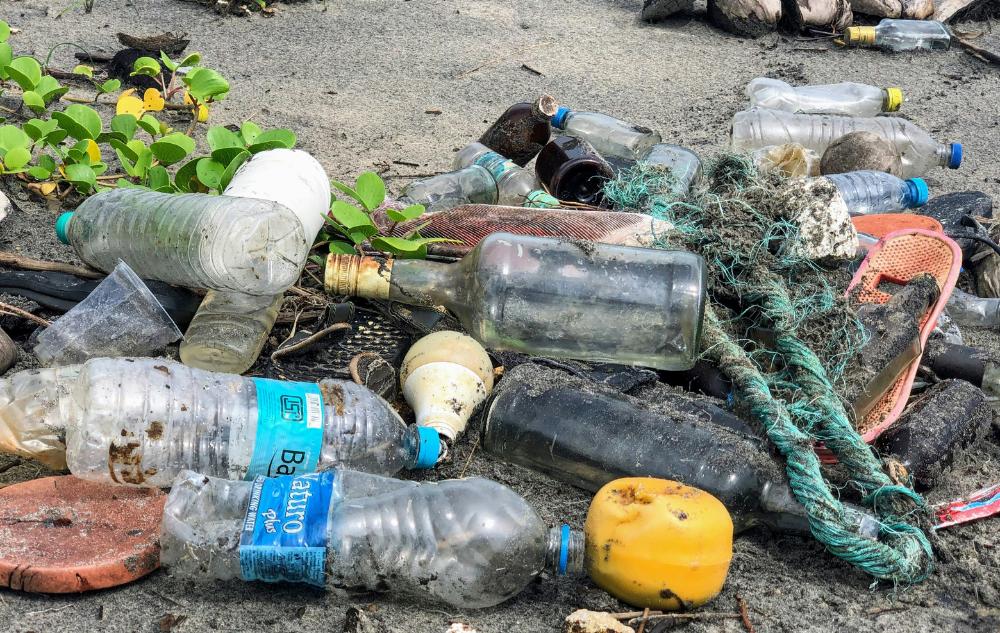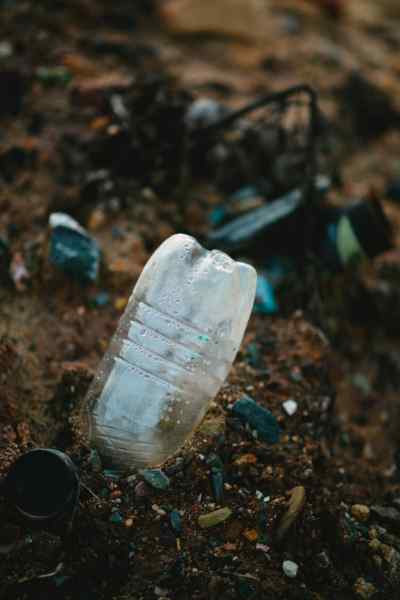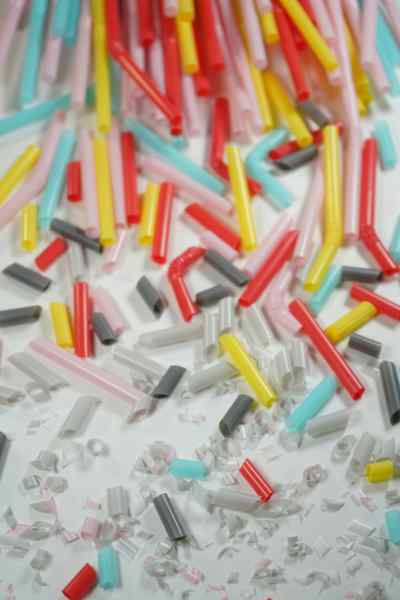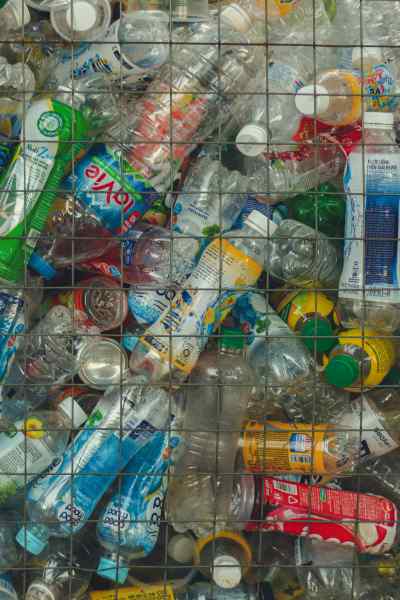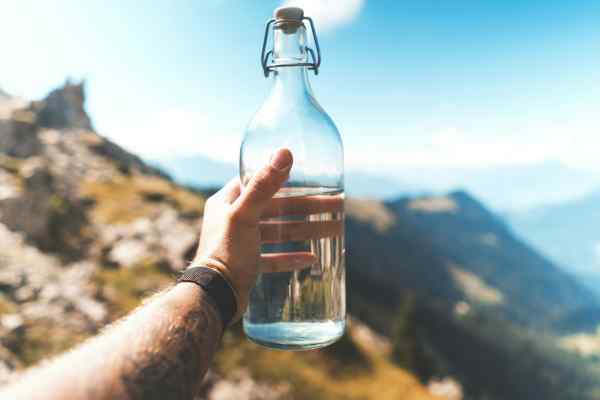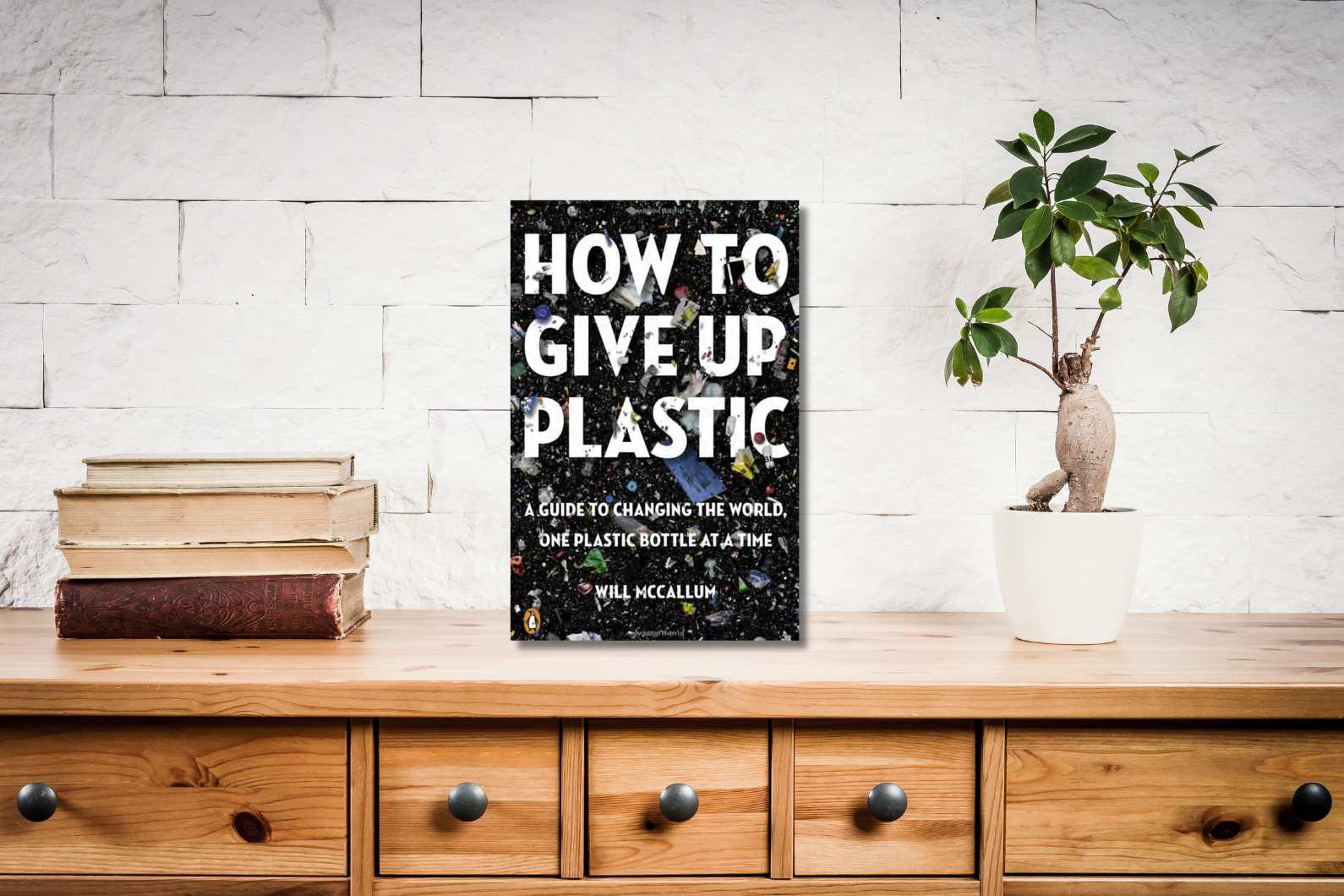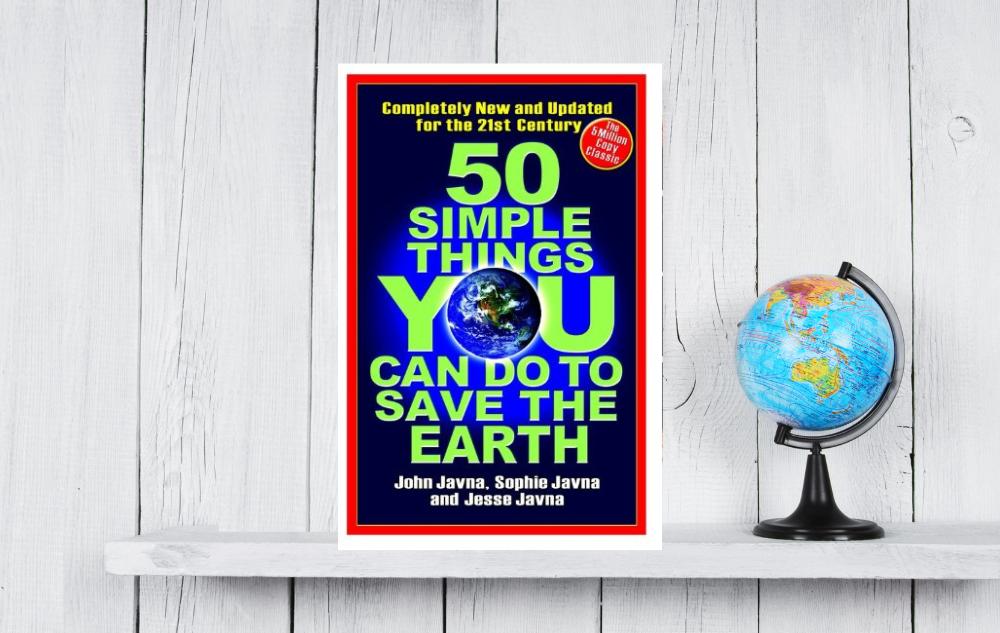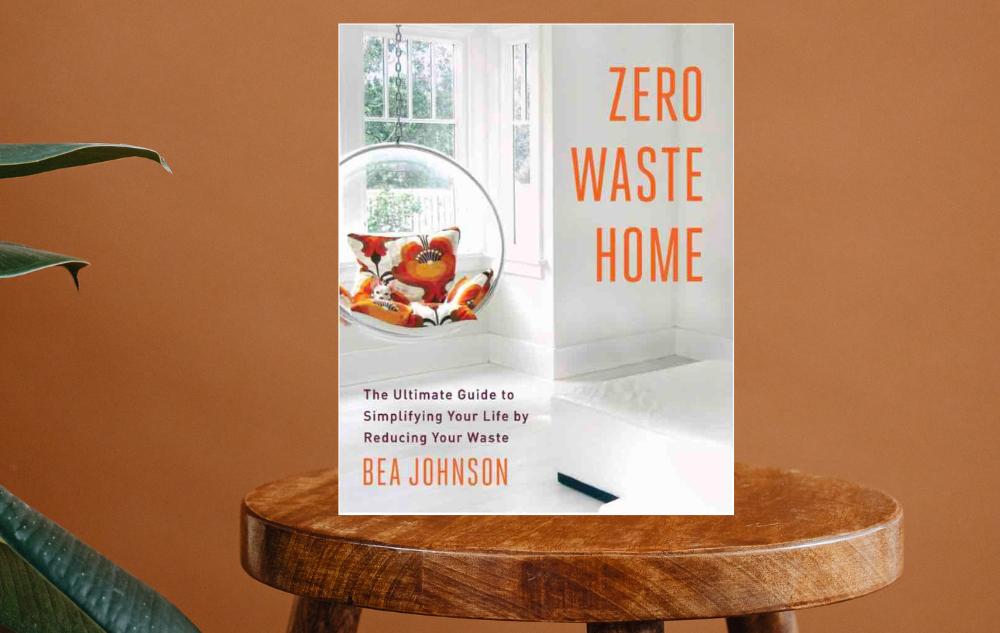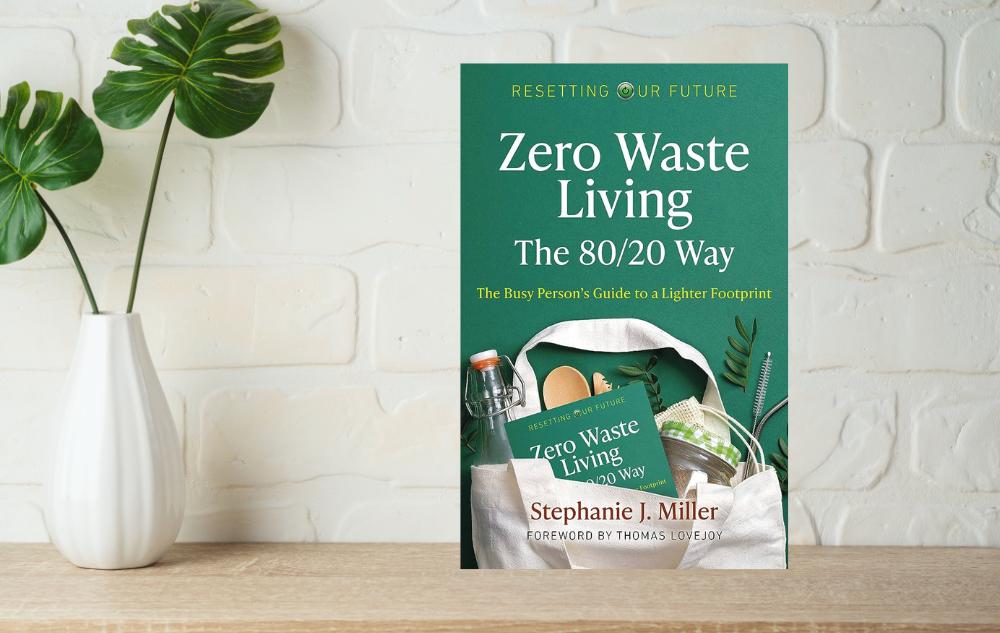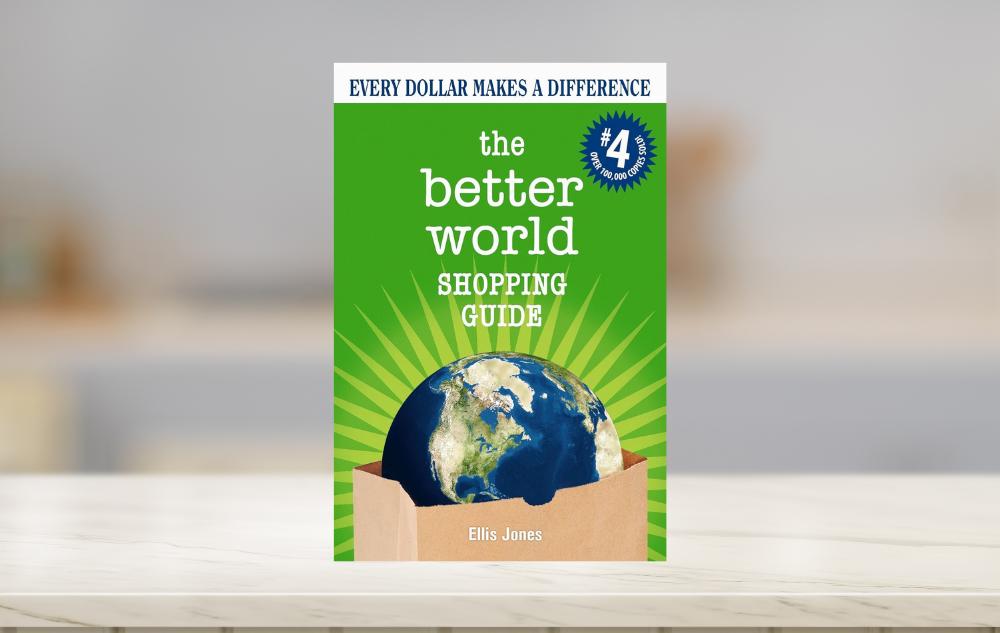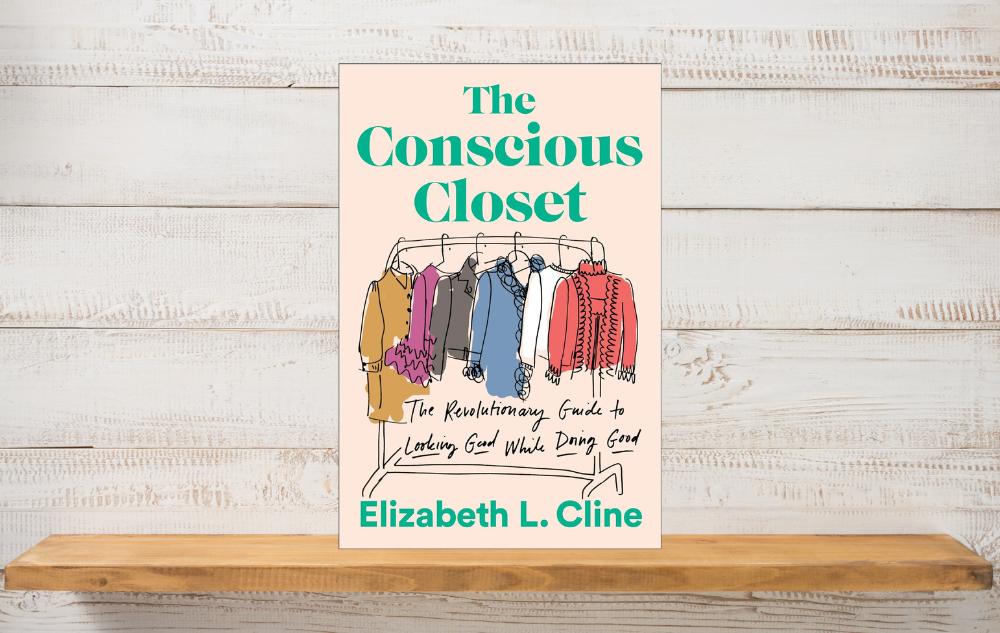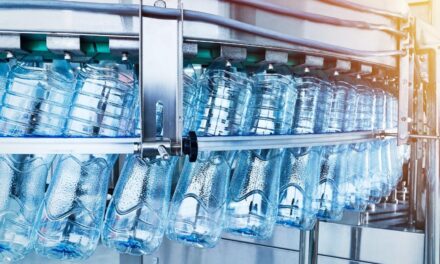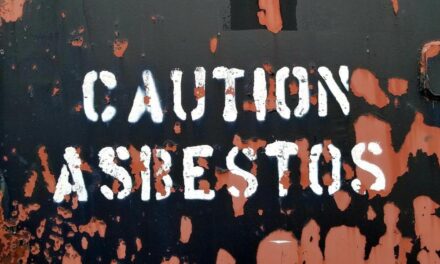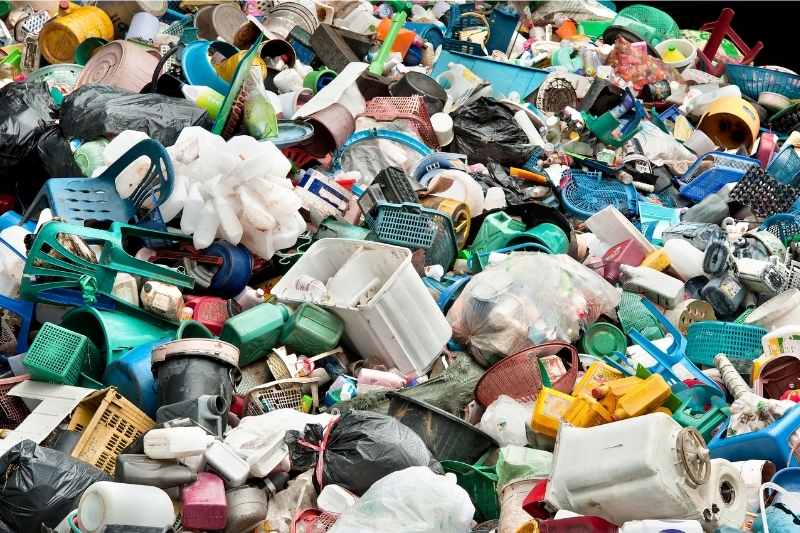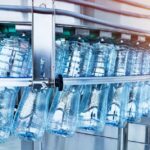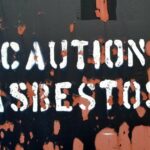Navigating the Plastic Predicament: The Impact of One of the Most Pervasive Man-Made Substances
The plastic industry has witnessed exponential growth since its inception in the early 20th century, fueled by its versatility, durability, and cost-effectiveness. However, with this advancement comes a plethora of challenges, including environmental degradation and potential health risks to humans.
Microplastic waste is now so ubiquitous that snow in the Arctic and dust in remote deserts both carry substantial amounts,” Ali Frances wrote in her Bon Appetit article, How Much Microplastic Am I Eating? And Is There Any Way to Avoid It? “And even smaller nanoplastics are suspended in the air we breathe, floating in the oceans we fish, and found inside the fruits, vegetables, and packaged goods we eat.”
The Growth of the Plastic Industry
From packaging materials to consumer goods, plastics have become unavoidable in virtually every sector of society. Driven by advancements in polymer science, manufacturing technologies, and consumer demand, the production of plastics has soared exponentially over the decades. In 1950, the world produced just two million metric tons. It now produces over 450 million metric tons, according to Our World in Data.
While the growth of the plastic industry has undoubtedly fueled economic development, it has also exacted a profound toll on the environment. One of the most pressing concerns is plastic pollution, which poses a grave threat to ecosystems, wildlife, and human health.
Plastic is truly pervasive, with devastating consequences for Earth’s ecosystems.
Plastic pollution manifests in various forms, including marine debris, littered landscapes, and microplastic and nanoplastic contamination. Improper disposal, inadequate waste management infrastructure, and the persistence of plastics in the environment have exacerbated this global crisis, with devastating consequences for terrestrial and aquatic ecosystems alike.
What is plastic made of, and why is it so harmful?
Plastics consist of a complex array of chemical compounds primarily derived from petroleum and natural gas. Common compounds include polyethylene terephthalate (PET), High-Density Polyethylene (HDPE), Polyvinyl Chloride (PVC or Vinyl), Low-Density Polyethylene (LDPE), Polypropylene (PP), and Polystyrene (PS or Styrofoam), according to Plastic Oceans.
These compounds are manipulated to exhibit various physical properties, making them suitable for diverse applications. However, certain additives such as plasticizers, flame retardants, and colorants raise concerns due to their potential toxicity and environmental persistence.
The pervasive presence of microplastics has emerged as a silent, yet potent, threat to both human health and the environment.
These minuscule particles, often invisible to the naked eye, have infiltrated every corner of the globe, permeating ecosystems, contaminating waterways, and posing profound risks to biological diversity and human well-being.
Microplastics are tiny plastic particles measuring less than 5 millimeters in size, encompassing both primary microplastics—originating from products like microbeads and industrial abrasives—and secondary microplastics—resulting from the fragmentation and breakdown of larger plastic debris. These particles enter the environment through various pathways, including wastewater discharge, atmospheric deposition, and the degradation of plastic litter.
Microplastics are damaging to our bodily systems and pose a significant health risk.
The ingestion of microplastics poses significant health risks to humans, with emerging evidence suggesting potential adverse effects on the gastrointestinal tract, cardiovascular system, and endocrine function.
Microplastics can absorb and concentrate harmful pollutants such as heavy metals, persistent organic pollutants, and microbial pathogens, acting as vectors for their transport and bioaccumulation in the food chain. Moreover, the small size of microplastics enables their penetration of biological barriers, allowing them to traverse cellular membranes and distribute throughout the body, raising concerns about systemic toxicity and long-term health consequences.
Microplastics are in the air we breathe and the water we drink.
Recent studies have also implicated microplastics in respiratory ailments, as airborne particles can be inhaled and deposited in the respiratory tract, potentially exacerbating respiratory conditions and compromising pulmonary function.
Humans inhale about 22,000,000 micro- and nanoplastics annually, National Geographic estimates.
The presence of microplastics in drinking water sources, including bottled water and tap water, has raised alarms regarding the safety and quality of our water supply, prompting calls for enhanced monitoring and regulation to safeguard public health.
According to one study, Americans ingest a credit card’s worth of plastic every week.
Yes, you read that right. According to a study published in Environmental Science and Technology, Americans consume an estimated 39,000 to 52,000 microplastic particles annually, about the equivalent of a credit card per week.
“Additionally, individuals who meet their recommended water intake through only bottled sources may be ingesting an additional 90,000 microplastics annually, compared to 4,000 microplastics for those who consume only tap water,” the study noted.
Microplastics continue to break down, creating nanoplastics that are even harder to combat.
Groundbreaking research by Columbia University has shed light on the pervasive presence of nanoplastic particles in bottled water, surpassing previous estimations by 100%. Nanoplastics, even smaller than microplastics, are defined as particles smaller than 100 nanometers. The particles pose a unique threat due to their enhanced ability to penetrate biological barriers and accumulate in tissues and organs.
The study, published earlier this year, underscores the urgent need for heightened awareness and regulatory measures to mitigate nanoplastic contamination in consumer products, particularly bottled water. The findings emphasize the imperative of comprehensive research into the long-term health effects of nanoplastic exposure and the development of innovative solutions to address this burgeoning issue.
In addition to their impact on human health, microplastics exert a profound toll on the environment, with far-reaching consequences for terrestrial and aquatic ecosystems.
A third of plastic waste ends up in nature, according to the World Wildlife Fund.
Marine organisms ingest microplastics indiscriminately, mistaking them for food or ingesting them inadvertently while filter feeding. This ingestion can impair feeding behavior, hinder nutrient absorption, and lead to physical harm and death, disrupting marine food webs and compromising ecosystem integrity.
Microplastics can serve as substrates for the colonization and proliferation of invasive species and harmful algae, resulting in the biofilm referred to as the “plastisphere,” a 2023 study published in the National Institute of Health’s archives notes. This plastisphere can alter community dynamics and exacerbate ecological stressors such as habitat degradation and species decline.
We can minimize plastic exposure by taking action.
As consumers, we play a pivotal role in reducing our exposure to plastic contaminants. Here are some actionable steps to consider to help solve the “plastic problem”:
- Opt for reusable alternatives to single-use plastics, such as stainless steel water bottles, glass containers, and cloth bags.
- Consider eco-friendly options during cleanup: sponges, microfiber dishcloths, and kitchen brushes are major offenders in shedding microplastics.
- Avoid “non-stick” cookware: Cast iron, stainless steel, and ceramic cookware are made without Teflon and work just as well in the kitchen.
- Filter tap water using reputable filtration systems to minimize reliance on bottled water.
- Practice proper waste management by recycling plastics whenever feasible and disposing of them responsibly.
- Switch to eco-friendly cosmetics: “90% of all cosmetic products contain microplastic, added for viscosity, color, and sparkle,” National Geographic reports. “When these products are rinsed off in the shower, about 100,000 plastic particles flood the sewage system, evading wastewater plant filters and polluting waterways.” Beat the Microbead also has a handy product search tool to help you quickly check brands while shopping.
- Support initiatives advocating for sustainable packaging and environmentally friendly alternatives within the industry.
The proliferation of the plastic industry poses multifaceted challenges to environmental sustainability and human health, but there is hope.
By understanding the chemical composition of plastics, acknowledging the widespread implications of microplastic and nanoplastic contamination, and adopting proactive measures to limit plastic exposure, we can collectively work towards a healthier and more sustainable future. Stakeholders across all sectors must collaborate to drive meaningful change and mitigate the adverse effects of plastic pollution on our planet and its inhabitants.
Eager to dive deeper? Check out these recommended reads that touch on the plastic problem:
How to Give Up Plastic by Will McCallum
This book has practical ways to eliminate plastic in your bathroom, closet, kitchen, and on the go. Eliminate plastic from your lifestyle. Read our review.
50 Simple Things You Can Do to Save the Earth by John Javna, Sophie Javna, & Jesse Javna
It may seem like we are too small to make a difference, but we can each make simple changes that go a long way to help the environment. Read our review.
Zero Waste Home by Bea Johnson
Discover how the Johnson family dramatically reduced their waste, which ultimately saved them time and money and improved their health. Read our review.
Zero Waste Living the 80/20 Way Your Life by Stephanie J. Miller
This practical guide encourages readers to reduce waste in their lives by focusing on food, eliminating plastics, and recycling right. Read our review.
The Better World Shopping Guide by Ellis Jones
Every dollar makes a difference! Ellis has created a comprehensive resource to help guide our shopping power. Read our review.
The Conscious Closet by Elizabeth L. Cline
Be a conscious clothing consumer with this practical guide, which promotes sustainable fashion, making it last, and the art of less is more. Read our review.

Written by Carley Kimball
Freelance Journalist and OPL Content Contributor
“I’ve always tried to implement planet-friendly practices in my life but didn’t quite realize just how much of an impact individuals can make until I was introduced to One Planet Life. I’m so excited to be able to utilize my professional skills to contribute valuable information and positive personal experiences to help make the world a better place.”

